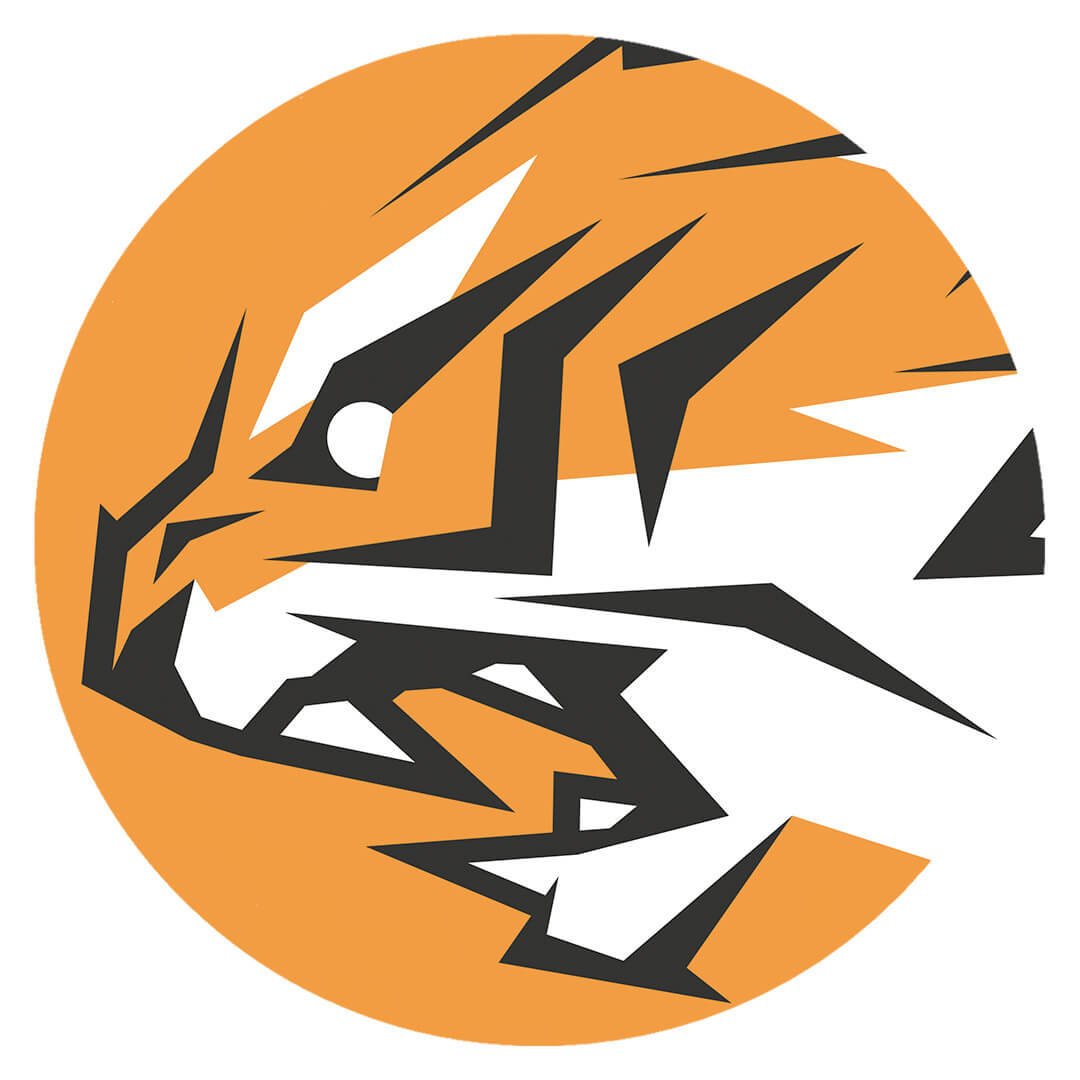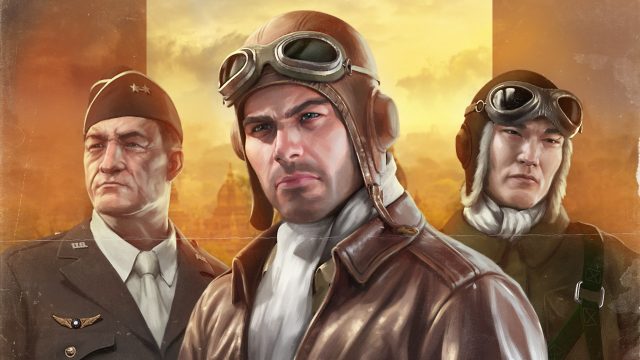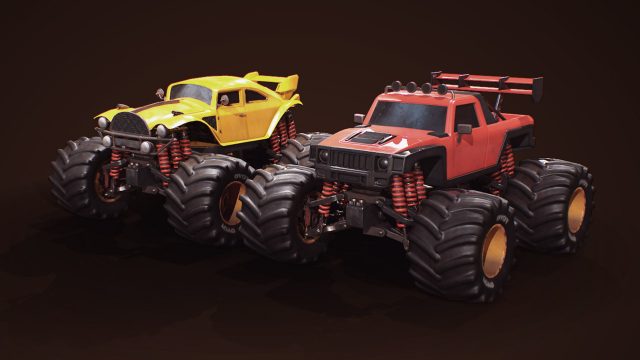
P-40B/E TOMAHAWK
While Warhawk was the official US designation for the P-40 fighter, the Soviets and the British Commonwealth used other names. The RAF used Tomahawk for models equivalent to the P-40B and P-40C, and Kittyhawk for models equivalent to the P-40D and E, all of which would play a key role in the CBI where they were piloted by the Flying Tigers. The shark-faced nose art of their P-40s remains among the most recognizable image of any individual combat aircraft or combat unit of World War 2.
The P-40 was a multi-role aircraft, used as a bomber escort, fighter, and fighter-bomber. It first saw combat courtesy of the RAF in the Middle East and North African campaigns, coming up against German fighters in North Africa. It was a staple of the Allied air forces, used in the theaters of the southeast Pacific, North Africa, and, of course, Burma and China, where it was used by the Flying Tigers against the IJAAF.
The initial batch of P-40Bs assigned to the Flying Tigers was shipped to and assembled in Rangoon, Burma. Initially, they were not liked by the pilots who thought them cumbersome and ill-equipped, as there were no bomb racks on the wings and no auxiliary tanks that could be ejected before the battle. Plus, the P-40 Tomahawks had no radios, and, more critically, no freely available spare parts. Repairs had to be made by scavenging parts from damaged planes. But there were some advantages. Two heavy sheets of steel protected the pilot’s head, and the gas tanks were self-sealing.
The Flying Tigers took them to the skies despite these reservations, almost immediately coming up against the Japanese’ Nakajima Ki-27s, Ki-43s, against which the P-40s managed to hold their own. The Tomahawks were better armed, sturdier, and much faster in a steep dive. And while they couldn’t match the speed and agility of the Japanese aluminum-built fighters in a traditional dogfight, the P-40 was more than a match in medium to high-speed battles, especially when Chennault’s pilots managed to adapt their tactics to use the much higher dive speed of the Tomahawks, climbing high to attack-dive on the lightly armed Ki-27s and Ki-43s, using their more powerful Browning cannons to shred the enemy.
The Flying Tigers destroyed 115 enemy aircraft in their six and a half months of operation up until they were disbanded on the 4th of July 1942. They only lost only four of their own.





